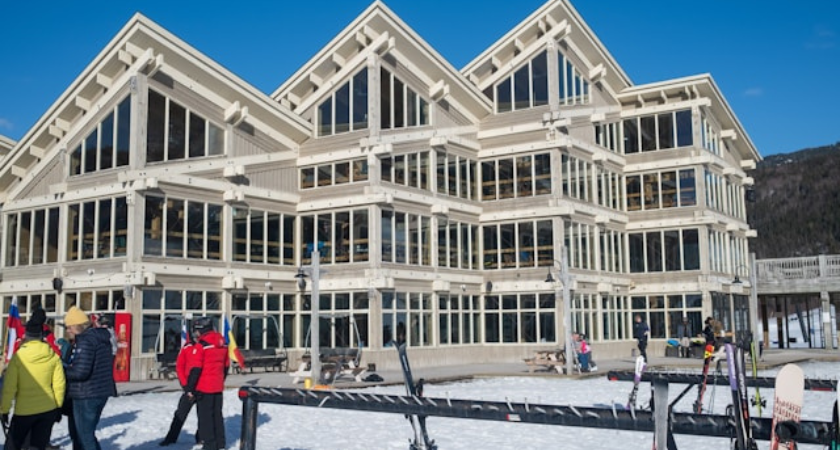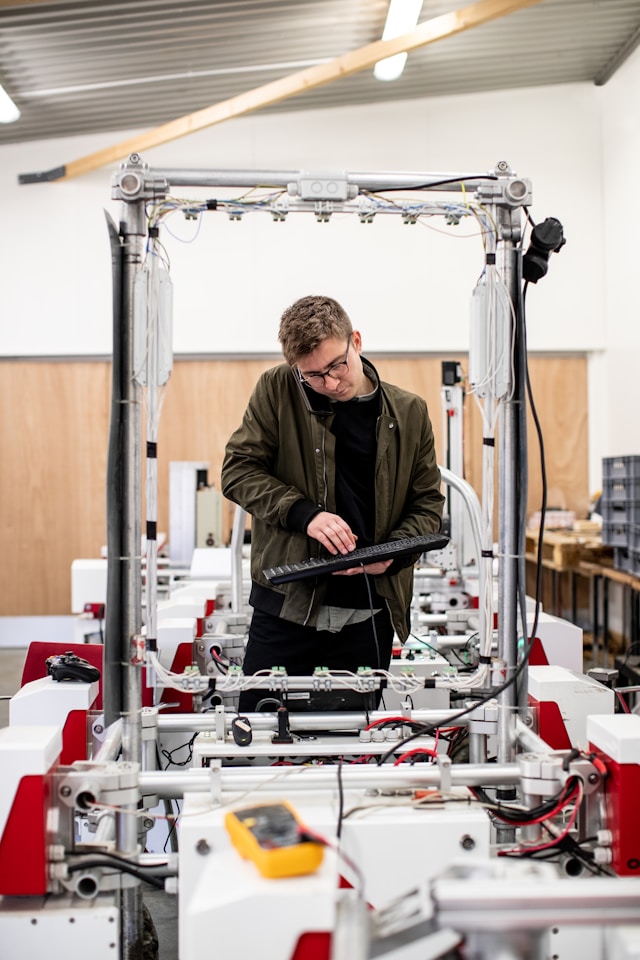
The future of construction is being shaped in one of the most remote regions on Earth — and potentially off of it. The University of Alaska Fairbanks (UAF) has played a leading role in building Nome’s first 3D printed structure, a groundbreaking project that also advances research toward constructing buildings on the moon.
The 3D printer at the center of the innovation — known as “Avalon Version Zero” — was designed and engineered by students at UAF’s Automated Construction Lab. By replacing the need for traditional delivery of building materials and long labor schedules, the system aims to tackle the very issues that have long challenged construction in rural Alaska: high costs, extreme weather and limited workforce availability.

“It’s more like a tiny crane that can print,” said Nima Farzadnia with UAF’s College of Engineering and Mines.
Nome served as the ideal proving ground thanks to its isolation and unpredictable climate, a reality that project leaders say creates huge logistical hurdles.
“Nome was not what I expected,” Farzadnia admitted.
Project manager Sven Bilen put it more bluntly:
“In Nome, there’s no Lowe’s down the street, et cetera, right?”
Farzadnia added that the region faces multiple issues with traditional development:
“We have construction issues ... short construction season, lack of skilled labor, and also extreme environment,” he said.
The project window spanned only a few weeks — all while dealing with intense storms.
“The last day, before I left, it was 35 degrees and 40 miles an hour wind and driving rain,”
Bilen said.

The technology relies on materials that can be sourced from Alaska’s landscape — including glacial silt, clay, and till — drastically reducing shipping needs and construction cost.
“Students are developing concrete or alternative cements using even silt, glacial till, clay,” Farzadnia said.
This approach is also what makes the research relevant to future space missions, where shipping building materials isn’t an option.
“There is a similarity between construction in Alaska and construction on the moon ... We prefer to use local resources in Alaska,” Farzadnia said.
The UAF team has even developed a waterless concrete alternative using simulated lunar dust.
“It’s kind of concrete that has no water in it because there’s no water on the moon. And it can harden four times stronger than normal concrete within one hour,” Farzadnia explained.
Work is already underway on the next-generation version of the printer — Avalon Version One — which aims to speed up productivity dramatically.
“As the technology develops, we fully expect that you should be able to print the walls in a matter of days,”
said Bilen.
UAF’s long-standing partnership with NASA is supporting the research direction of the project and its connection to future lunar bases.
“NASA wants to go back to the moon to stay. And to stay, you need to have places to live in, and this is a potential technology for that,”
Bilen said.
Originally Reported by Dani Tompkins in Alaska News source.